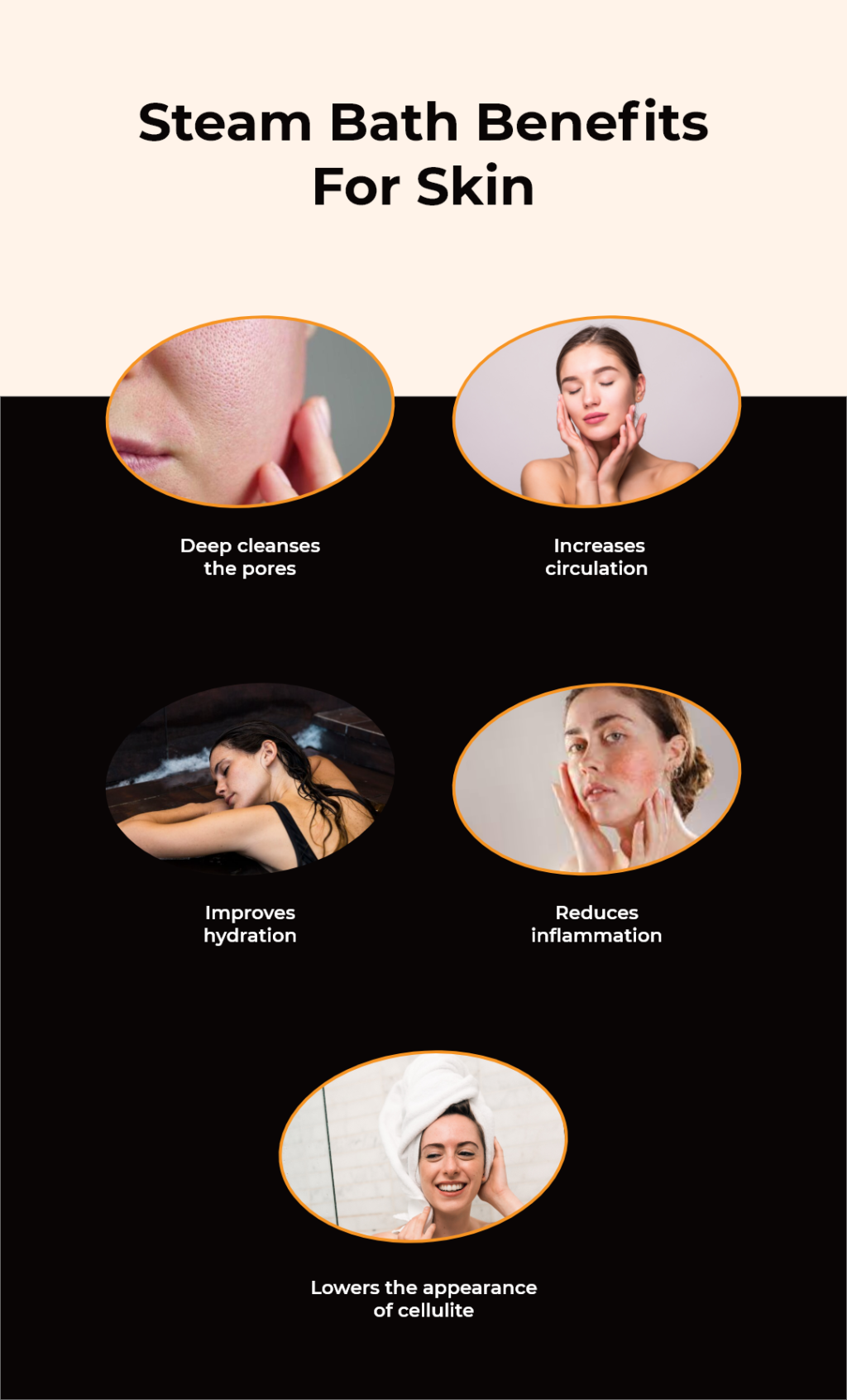
Saunas and steam rooms have been used for centuries for their therapeutic and health benefits. One of the lesser-known benefits of using these heated rooms is their positive impact on skin health. In this article, we will explore how saunas and steam rooms can improve skin health and promote a more youthful and radiant complexion.
Saunas and steam rooms are not only relaxing and therapeutic but also offer numerous benefits for the skin. The heat and humidity in these rooms help to promote sweating, which can help to release toxins and impurities from the skin. This can lead to clearer, healthier-looking skin.
In addition, using a sauna or steam room can help to promote lymphatic drainage, which can reduce puffiness and swelling in the face and body. Improved lymphatic drainage can also help to boost the immune system, which can have a positive impact on overall skin health.
Using a sauna or steam room can also help to improve circulation, which can nourish the skin and promote a healthy, youthful appearance. The heat can also help to stimulate the production of natural oils in the skin, which can help to hydrate and protect the skin from environmental stressors.
- Opens up pores The heat from a sauna or steam room can help to open up the pores, which allows for better absorption of skincare products and helps to remove impurities from the skin. When the pores are open, they are more receptive to skincare products such as cleansers, toners, and moisturizers, which can lead to better results.
- Increases blood flow The heat from saunas and steam rooms increases blood flow, which can help to nourish the skin and promote a healthy, radiant complexion. Improved blood flow can also help to reduce the appearance of fine lines and wrinkles, giving the skin a more youthful and refreshed appearance.
- Promotes collagen production Collagen is a protein that is essential for skin health, as it helps to maintain skin elasticity and firmness. The heat from saunas and steam rooms can promote the production of collagen, which can help to reduce the appearance of fine lines and wrinkles and improve overall skin texture.
- Relieves skin conditions Saunas and steam rooms can be beneficial for individuals who suffer from certain skin conditions, such as eczema and psoriasis. The heat and humidity can help to soothe and moisturize the skin, reducing inflammation and irritation.
- Helps to detoxify the skin The heat from saunas and steam rooms can help to remove toxins from the skin. Sweating in a sauna or steam room can help to open up the pores and release impurities, which can lead to clearer, healthier-looking skin.
- Reduces stress Stress can have a negative impact on skin health, as it can lead to acne, wrinkles, and other skin issues. Using a sauna or steam room can help to reduce stress levels, which can promote healthier, clearer skin.
- Enhances skin hydration The heat and humidity in saunas and steam rooms can help to improve skin hydration levels. When the skin is well-hydrated, it is more supple and plump, and less likely to develop fine lines and wrinkles.
- Improves overall skin texture Using a sauna or steam room on a regular basis can help to improve overall skin texture, making it smoother, softer, and more radiant. The heat and humidity can help to slough off dead skin cells, revealing a brighter, more youthful-looking complexion.
Sorce
In conclusion, saunas and steam rooms can have a positive impact on skin health. From opening up pores and increasing blood flow to promoting collagen production and reducing stress levels, the benefits of using a sauna or steam room for skin health are numerous. By incorporating regular sauna or steam room sessions into your wellness routine, you can enjoy these benefits and improve your overall skin health and appearance. However, it is important to remember that saunas and steam rooms may not be suitable for everyone, particularly those with certain medical conditions or skin sensitivities. Always consult with your healthcare provider before using a sauna or steam room, and listen to your body’s signals to ensure that you are not overexerting yourself.






